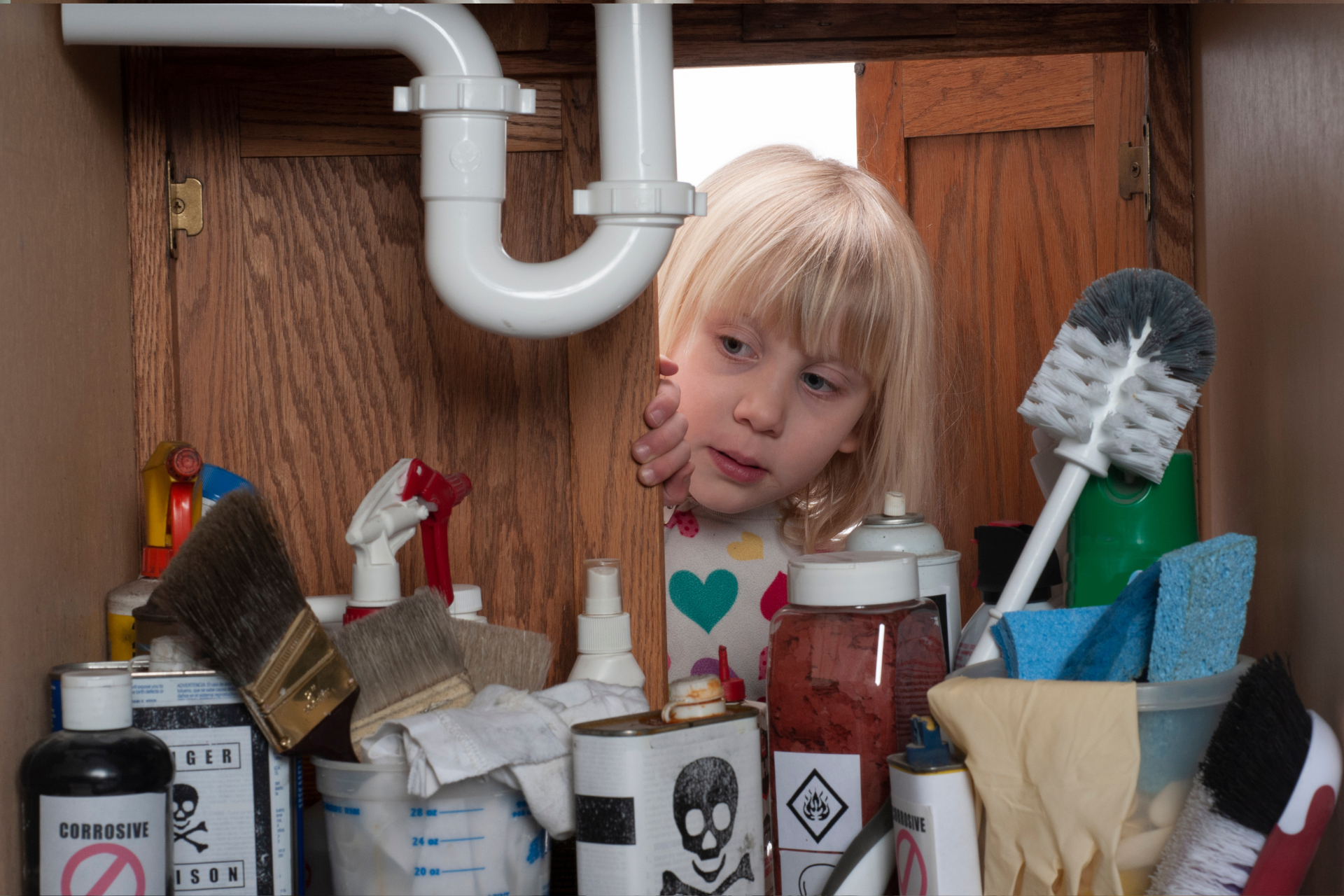Every adoption includes a home study, a thorough investigation conducted by a licensed social worker to assess a prospective adoptive family’s suitability to bring up a child. It’s a crucial step in the adoption process and helps ensure a safe and loving environment for the adopted child. It can be a bit nerve-wracking, but when you understand the purpose, you can see the value and benefit from the process.
One area where the home study can really help is in the check for the physical safety of your home. Many new parents have had the experience of bringing their new baby home from the hospital and only then realizing that their home is not adapted to babies. With the home study safety check, you get a chance to make sure everything is safe and ready before you bring your new baby home.
Adequate living space
Arkansas requires 50 square feet of living space for each person, and there must be room for the child’s belongings. Your home study social worker will include a floor plan with the measurements of each room in your file. You must have a bed for the child or children you plan to adopt. If you’re adopting an infant, that bed must be a crib that meets modern safety standards. Older children should have their own beds if they are four or older, and no child under six can sleep in an upper bunk bed. No more than four children should share a room, and from age four up, children must share with other kids of the same sex if they are going to share a bedroom.
Bedrooms must have a door that closes and a window that opens. The bed must have bed linens and a pillow. Running water, a flushing toilet, and a functional bath and shower are all required. The house must also have a phone, whether it’s a landline or a mobile phone that stays in the house. Smoke alarms and a fire extinguisher are also required.
There is nothing in the rules for home studies that requires a big house or an expensive house. The home just needs to be clean and well kept up.
Safety hazards
Your social worker will be on the lookout for any safety hazards. A swimming pool, firearms, aggressive dogs, or a fireplace without a screen or shield could all come under that hiding. Take a look around your home with a small child in mind. Whenever you see something that could be dangerous to a baby, think about how you can make sure it stays safe.
For example, firearms should be locked away safely, with ammunition locked away separately. Your social worker will make a note of your safety plan for any potential dangers, such as a swimming pool. You will also be expected to have a plan for how to leave the house in case of fire.
While you’re preparing for your safety check, notice open electrical sockets, delicate glass objects, and toxic chemicals stored in low cabinets. Look into cabinet locks, outlet covers, and bolts to secure heavy furniture like bookcases to the wall. Babyproofing your home before your baby arrives is a smart move.
You can see how helpful the home study safety check can be.

